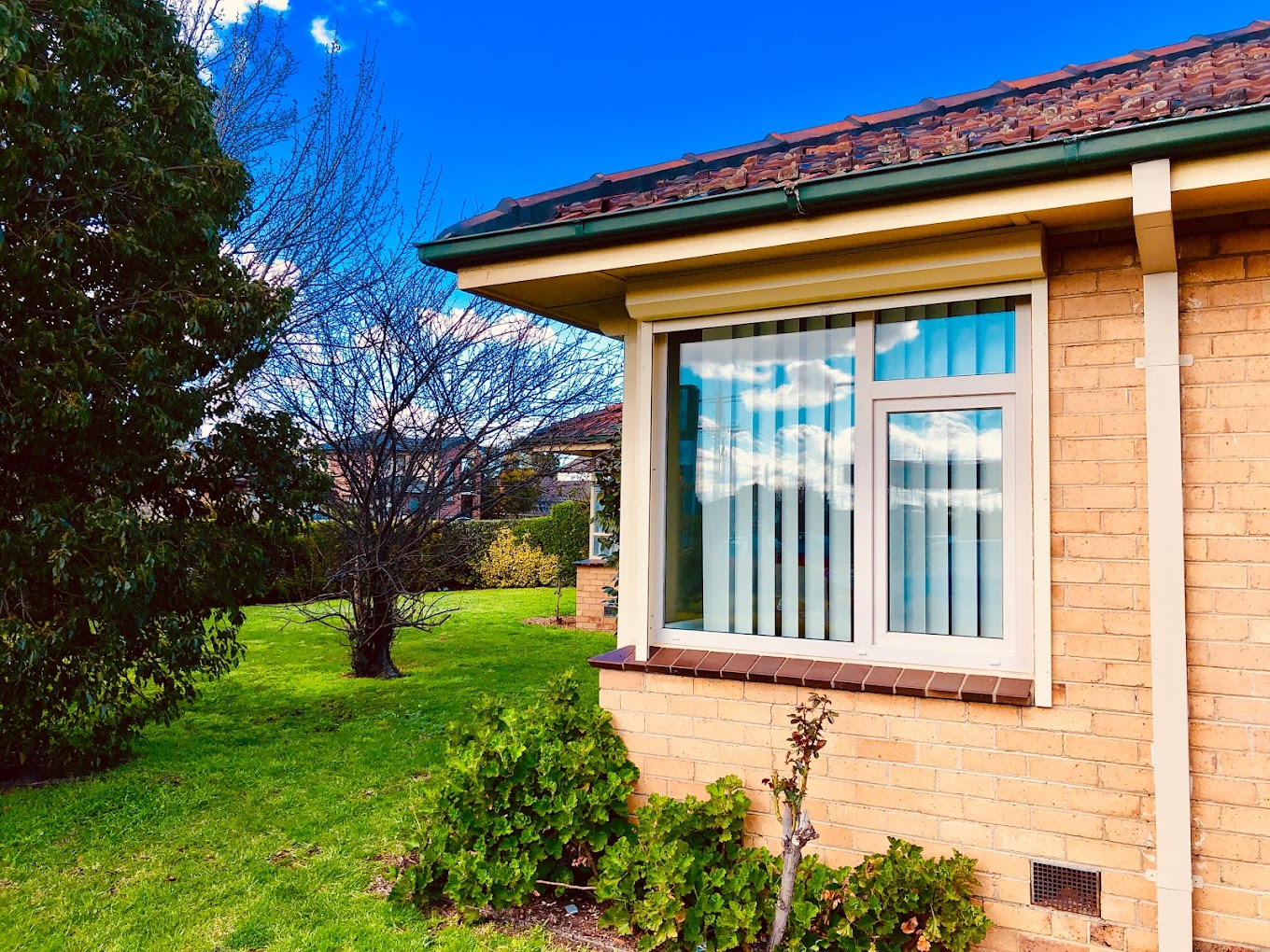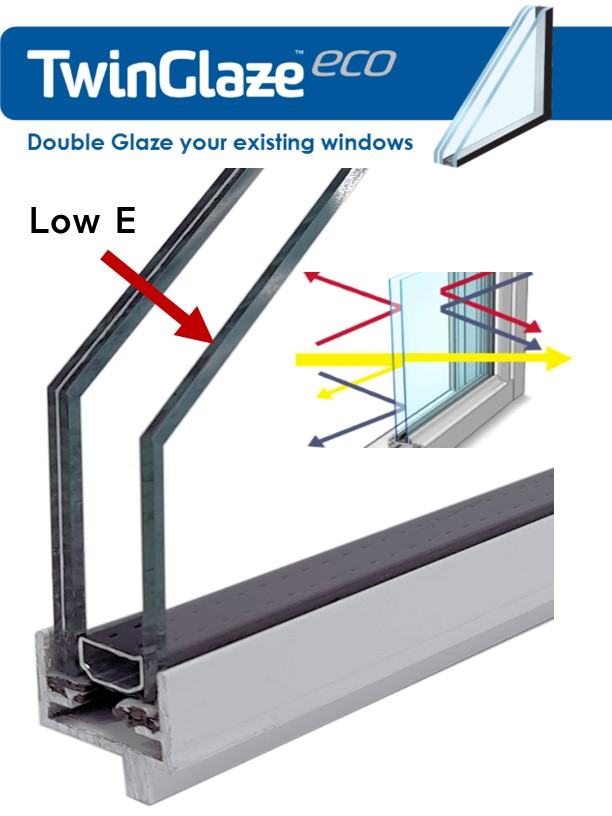All Categories
Featured
Table of Contents
Insulated Glass Unit – Igu in Bicton Western Australia
Laminated glass is typically used in locations in the house most prone to injury from human impact such as restrooms, doors, around staircases and in locations near to the flooring (it fulfills the requirements of 'shatterproof glass' that is mandated for use in these locations by Australian Basic AS 1288 Glass in structures).
Toughened glass has been 'tempered' by being reheated and quickly cooled again. This process makes it much stronger than basic glass it can resist greater effect loads prior to breaking. It likewise makes it more secure since, when it does shatter, it gets into lots of little cubic pieces rather than harmful fragments.
Why Should You Have Double-glazed Windows This Summer? in Kenwick Western Australia
Toughened glass has no thermal or acoustic advantages over other glass of the exact same toning or thickness. Secondary glazing is where single-glazed windows are retrofitted with a transparent acrylic or glass sheet connected to the inside of the frame or openable sash with a secondary frame or with magnetic strips.


Secondary glazing will not perform too thermally as a made IGU, considering that it is difficult to completely seal the perimeter, but it can provide good noise control. Window movies are a thin polymer film consisting of a soaking up dye or reflective metal layer, with an adhesive support. They adhere to your glazing to change its colour or make it reflective.
Best Way To Block Sun Heat From Windows [Professionally] in Bickley Perth
Applied to existing glass, some window movies can halve the total SHGC of the window by absorbing and/or reflecting solar radiation. This can be especially helpful in hotter environments where cooling is the primary concern, or on east and west elevations straight exposed to long durations of sunlight. However, window films may likewise minimize noticeable light transmittance.

For this reason, it is usually best to utilize a certified installer of window movie. Frames have a substantial effect on the thermal performance of windows and doors, since energy can be acquired and lost through the frame, in addition to through the glass. Different kinds of frame will enable various levels of heat gain and loss, so careful option of frame is very important for efficient passive design.
Keeping Your Cool: The Benefits Of Double Glazed ... in The Vines WA
Aluminium is also an extremely excellent conductor of heat and will decrease the insulating worth of a glazing unit, unless specifically crafted to minimize this. A 'thermally broken' frame is made up of 2 aluminium areas linked by a structural insulator (typically a low-conductivity structural polymer). This 'breaks' the thermal connection through the aluminium and reduces the heat streaming through the frame.
They can be expensive, but rates are reducing as they end up being more common. Timber frames are a great natural insulator that can suit some house styles. Wood frames should be made from species that have naturally high toughness or be treated to prevent decay and deformation. Inspect that the lumber is sourced from a sustainably managed forest.
Double Glazing For Warmer Temperature : R/melbourne in Hamilton Hill Western Australia
(weather condition removing) is set up.
u, PVC windows and doors have outstanding thermal performance Photo: Ben Wrigley (Light House Architecture and Science) Composite frames utilize aluminium profiles on the outer sections with either a wood or u, PVC inner section. These integrate the low maintenance and resilience of aluminium with much improved thermal efficiency.
Table of Contents
Latest Posts
Types Of Glazing For Your Windows, Explained in Wembley Downs WA
Single Vs Double Vs Triple - Which Window Is Right For Your ... in Eden Hill WA
Why Install Stunning Double Glazing Windows During Summer? in South Guildford WA
More
Latest Posts
Types Of Glazing For Your Windows, Explained in Wembley Downs WA
Single Vs Double Vs Triple - Which Window Is Right For Your ... in Eden Hill WA
Why Install Stunning Double Glazing Windows During Summer? in South Guildford WA